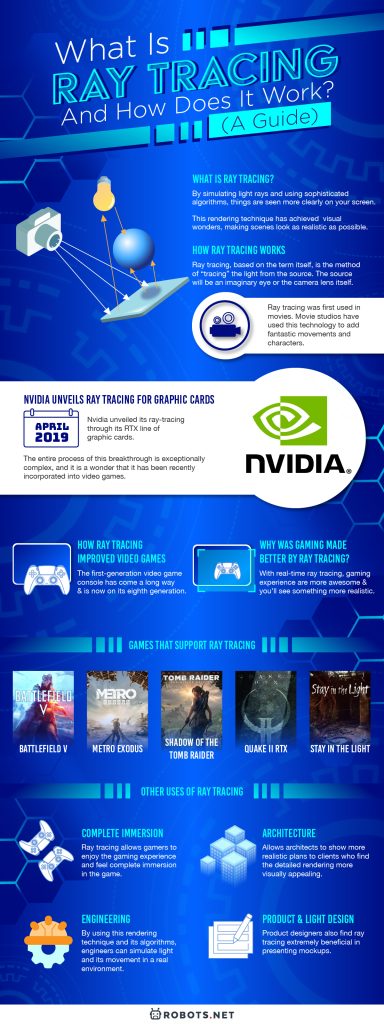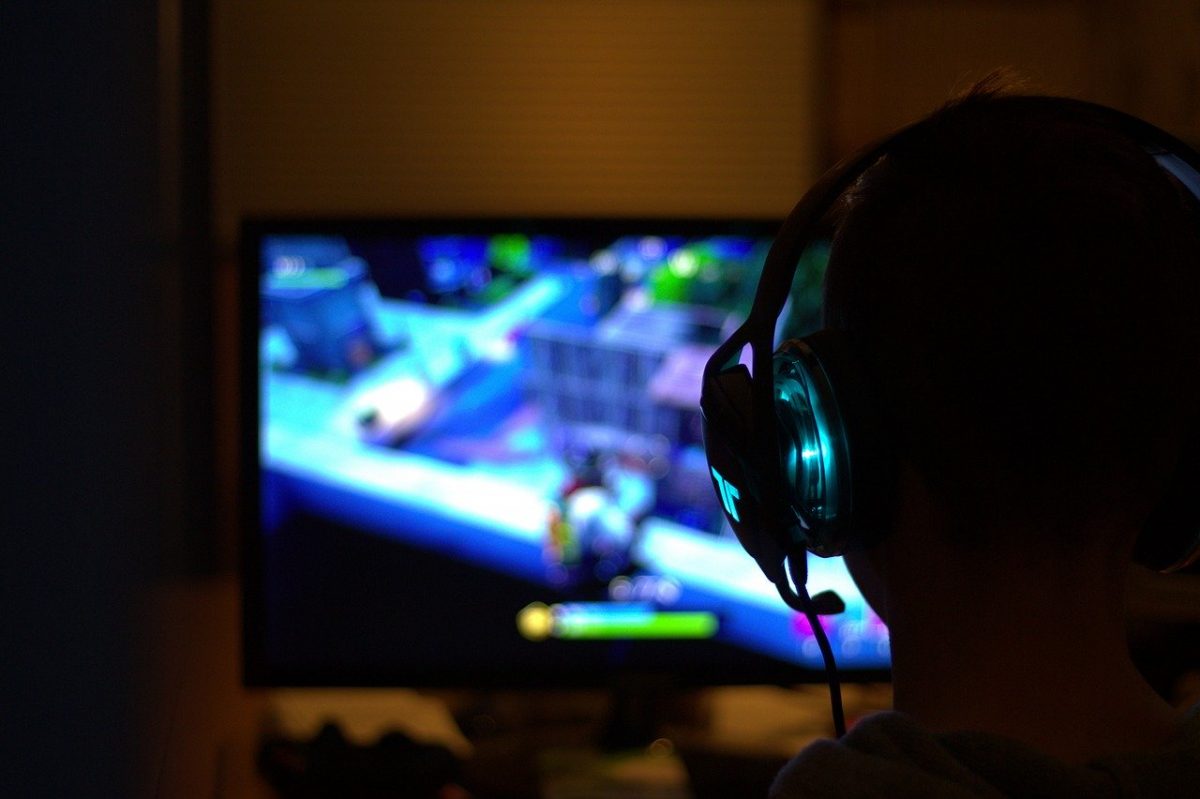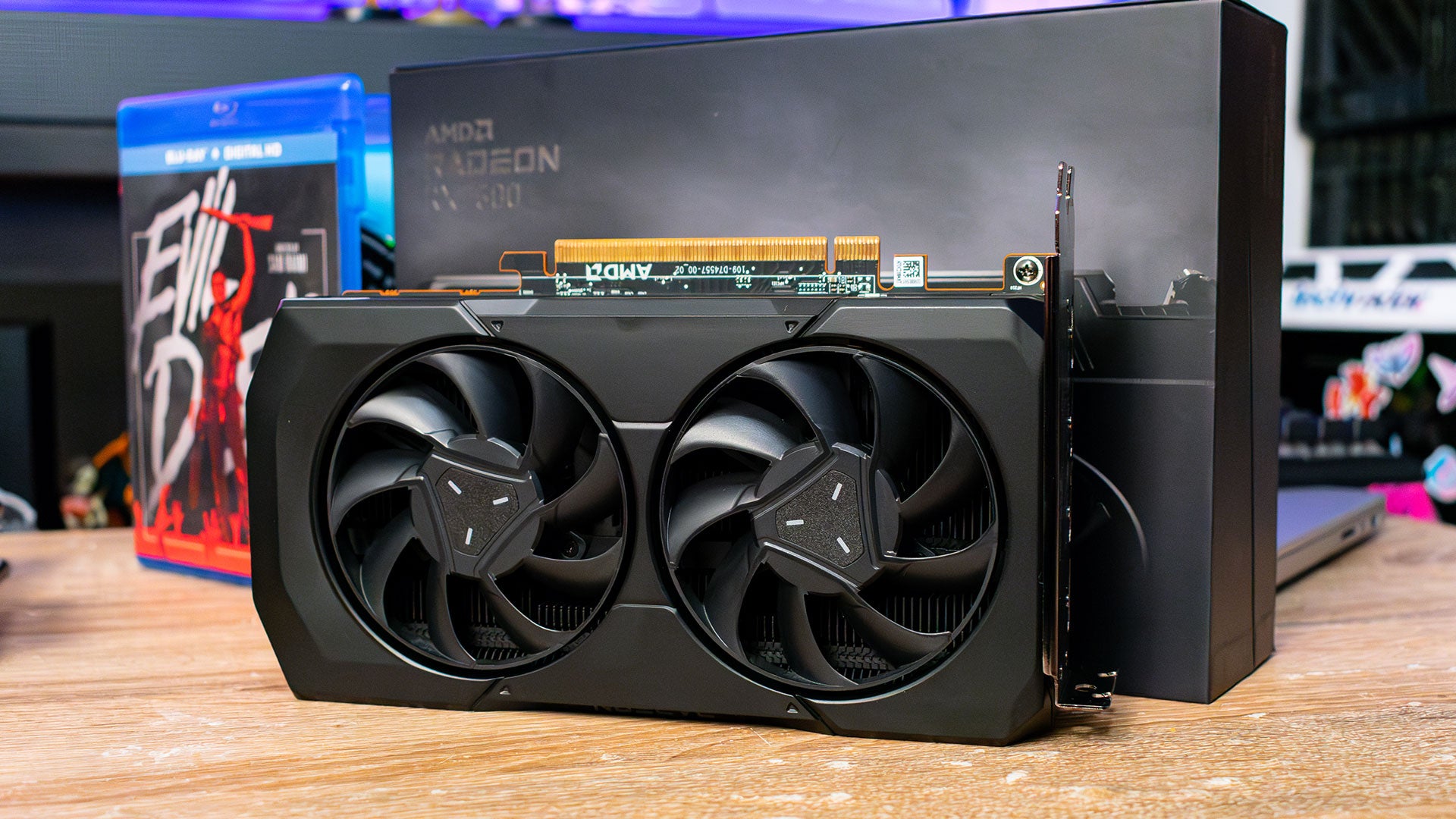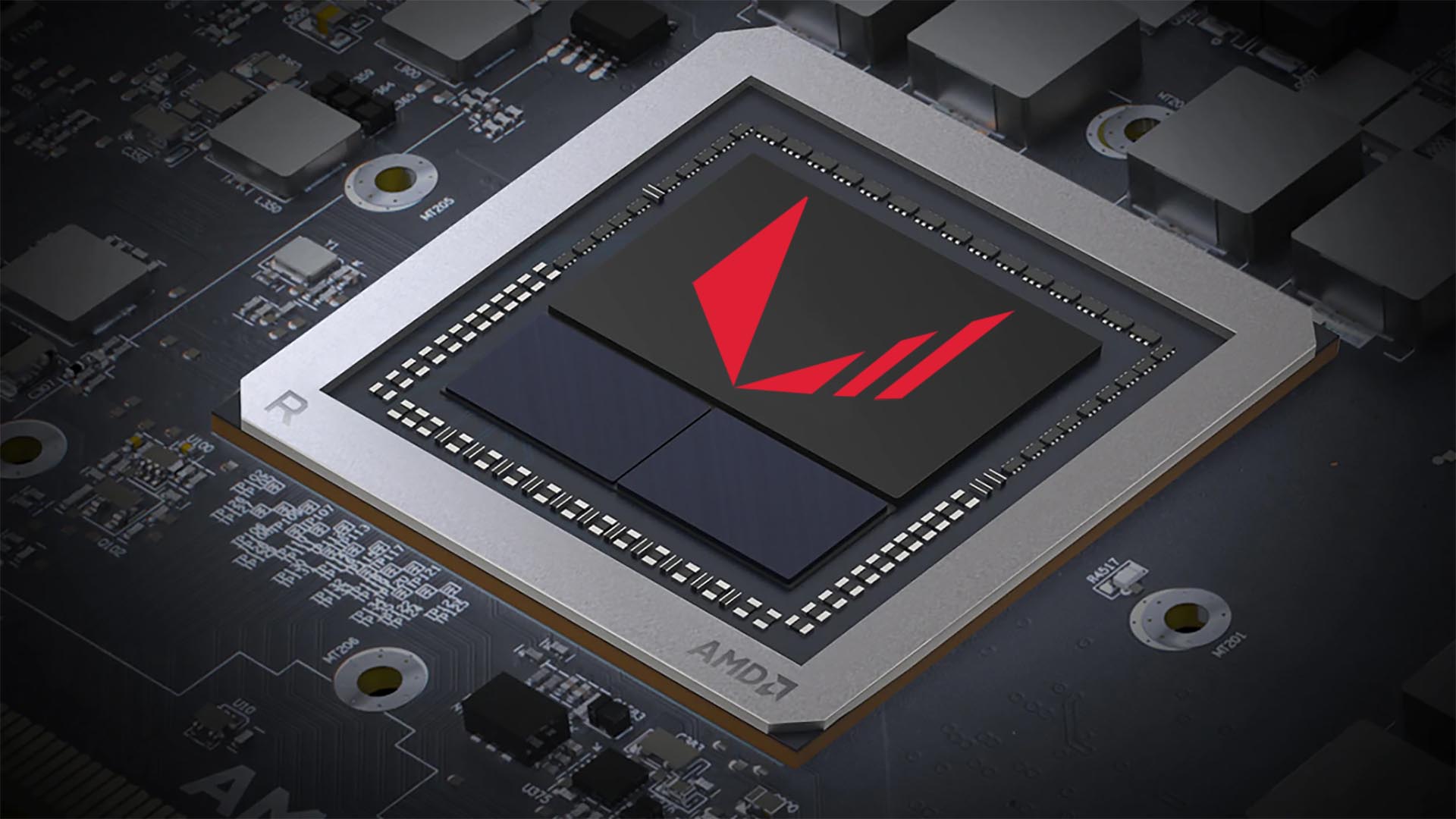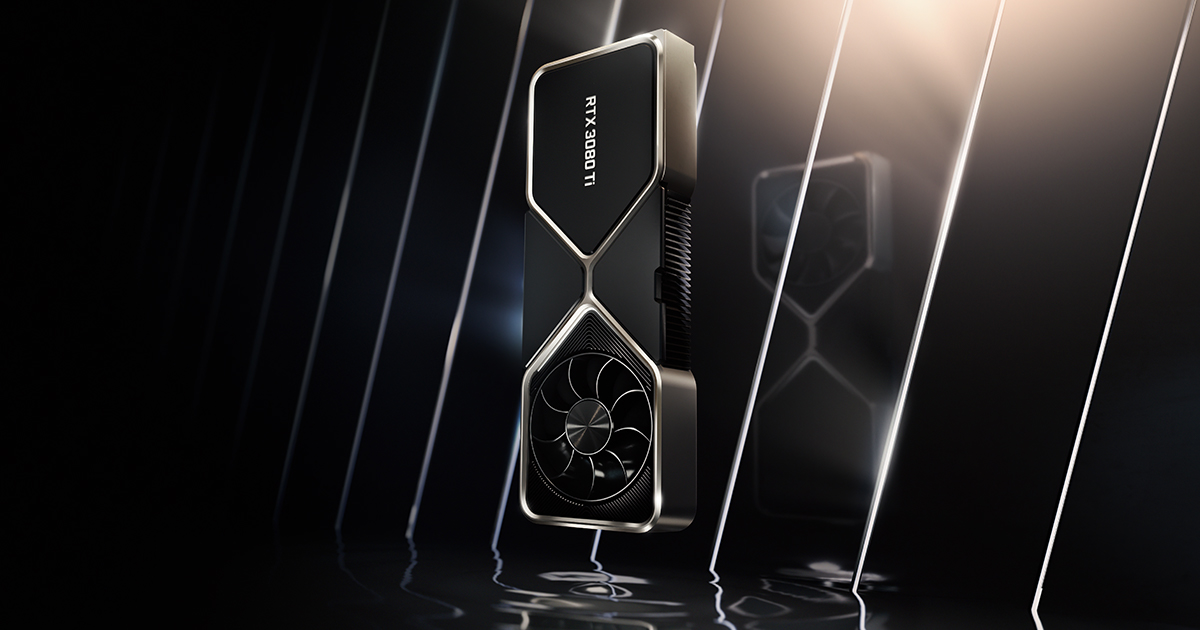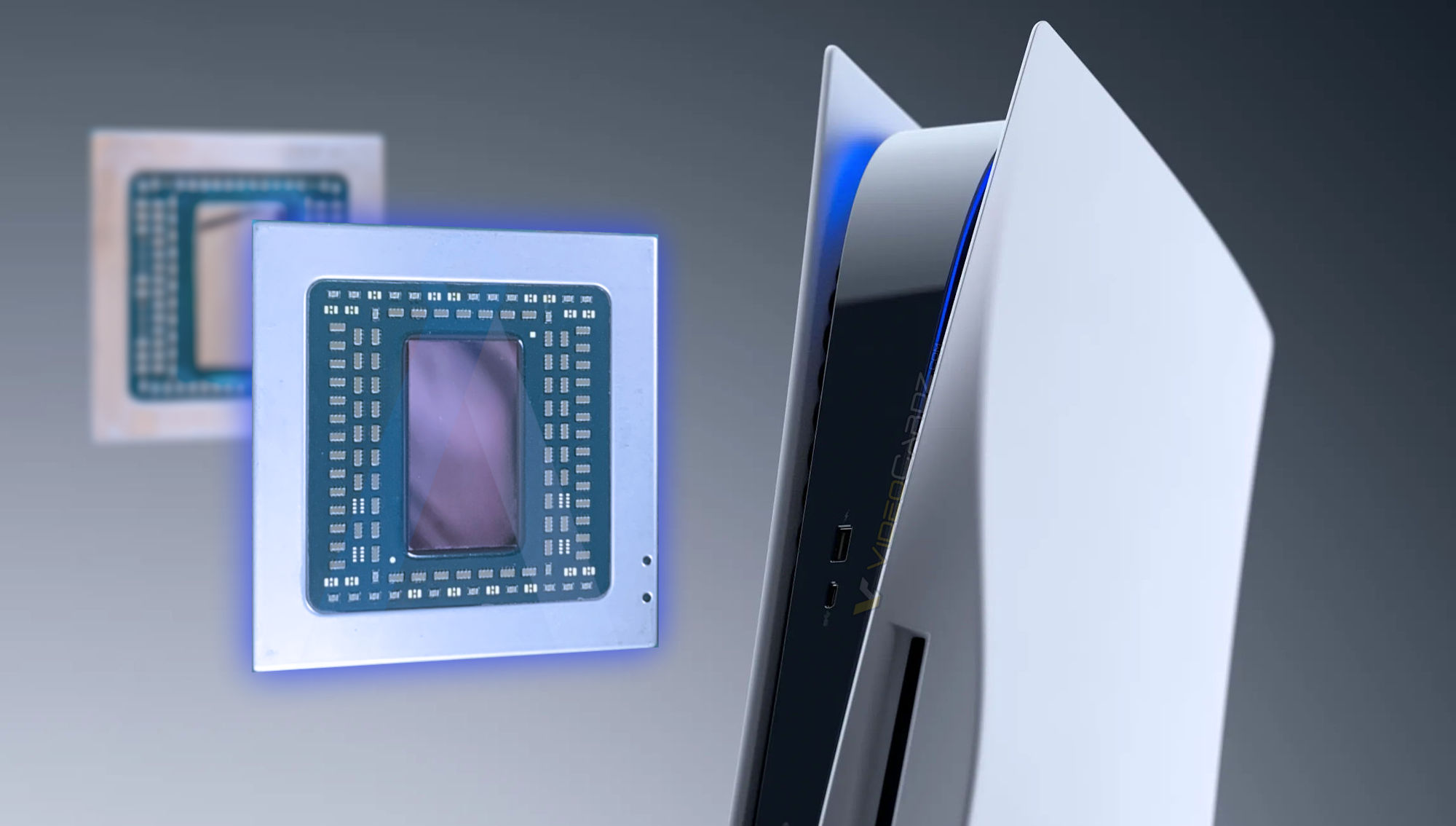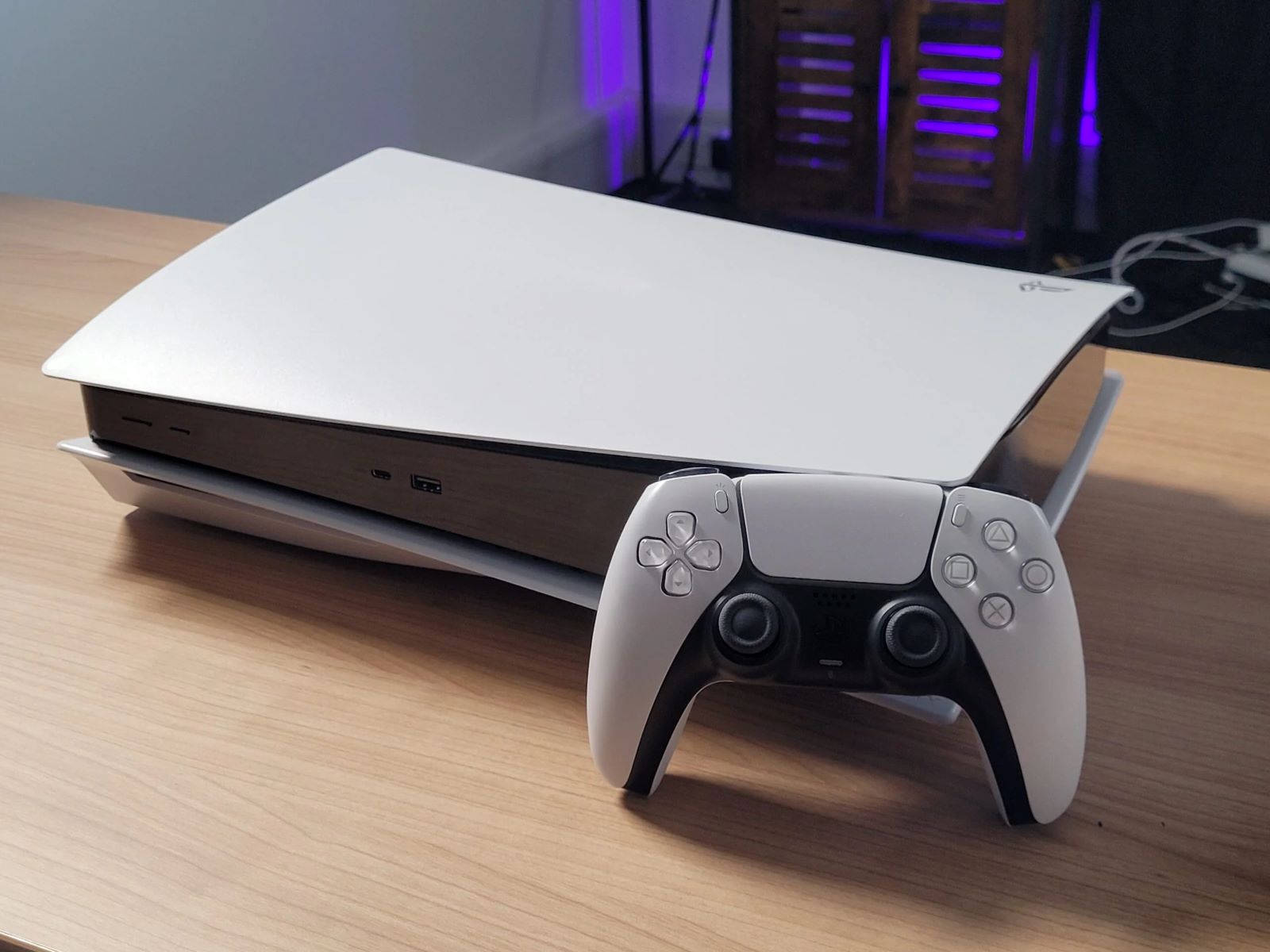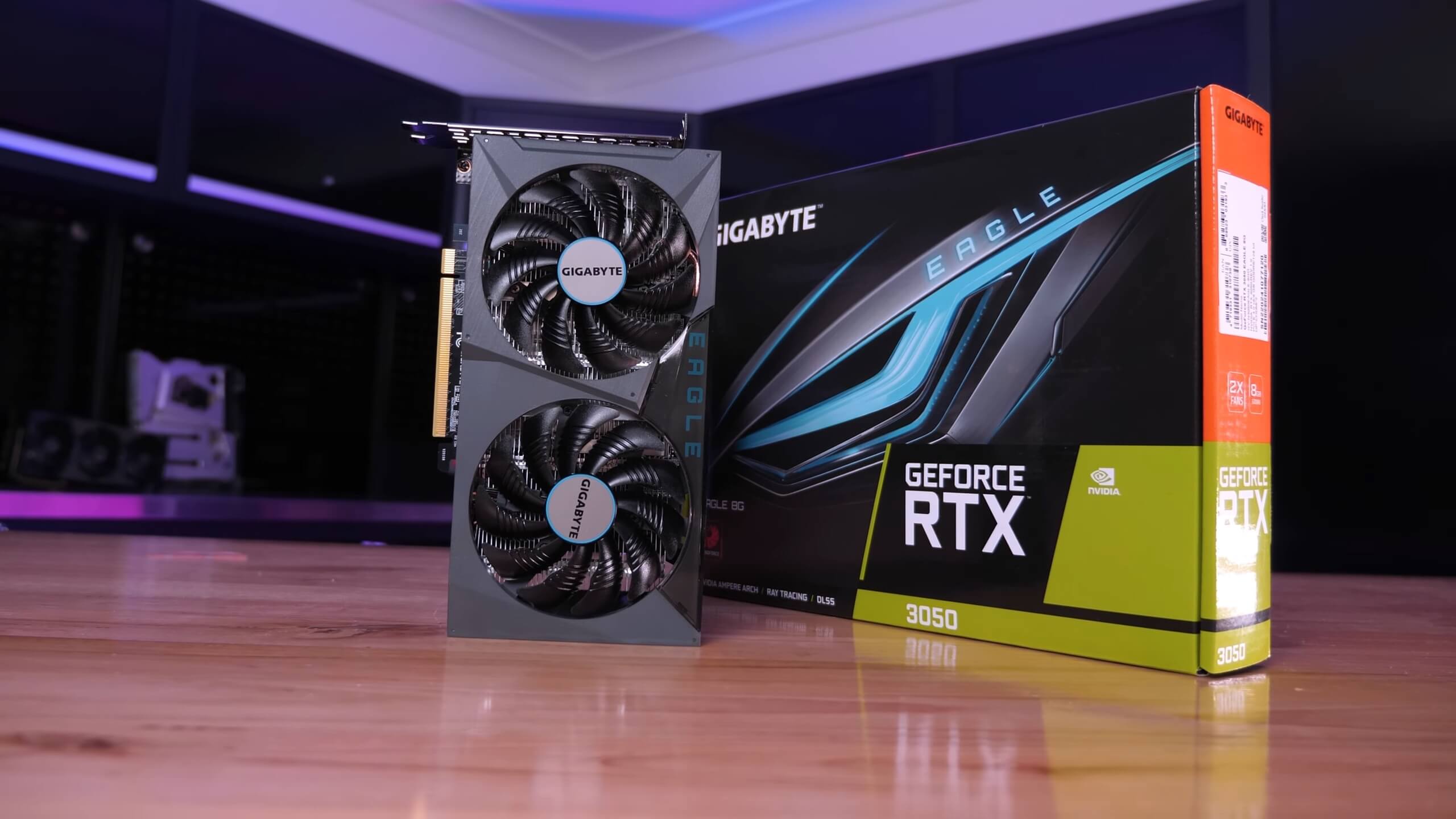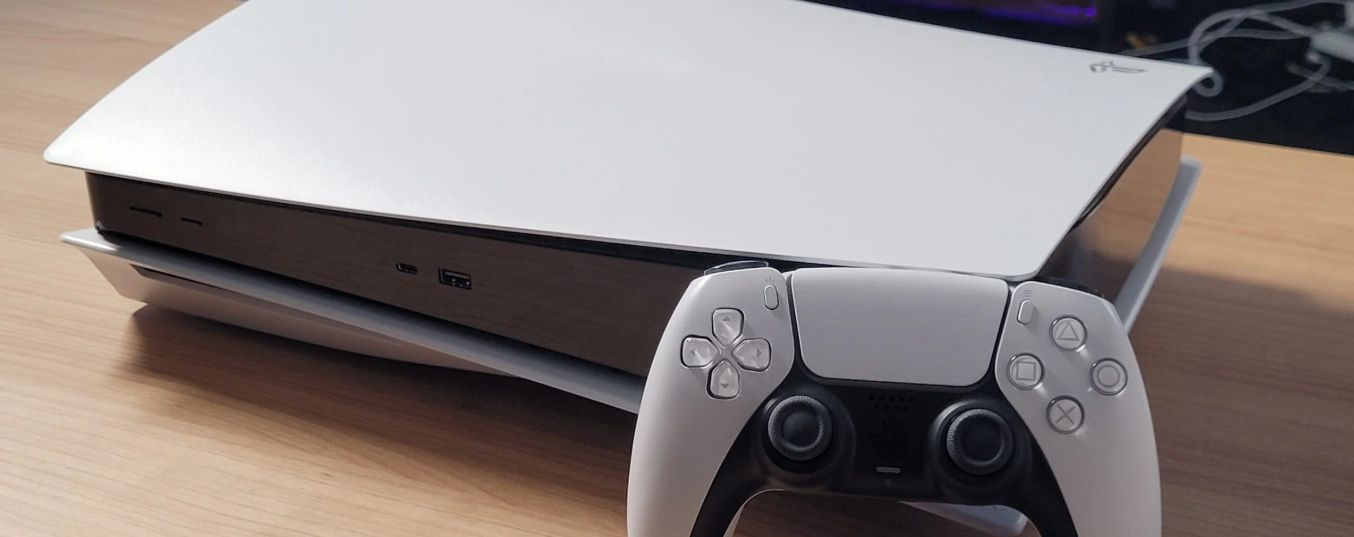With all that’s been said and done, nothing is as fantastic as ray tracing in video game consoles, personal computer games, and the movies. This rendering technique has achieved visual wonders, making scenes look as realistic as possible. When things look realistic, viewers, and gamers are transported to a different world, and the experience is heightened significantly.
There has been a lot of hype about this technological breakthrough, and many game companies have promised to bring this sophisticated technology straight to our homes. Visual graphics have never been this highly anticipated, and it’ll probably disappoint very few.
What Is Ray Tracing?
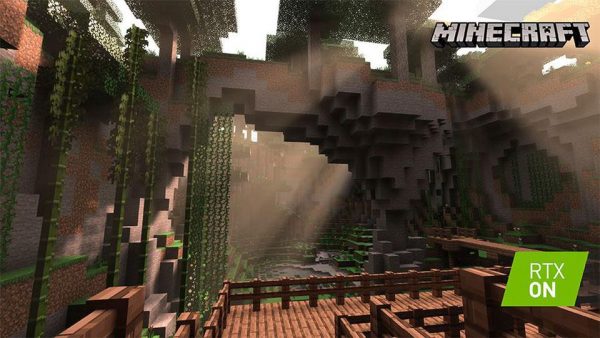

Let’s break down ray tracing to its basics so you can understand why there’s so much excitement about it.
Your eyes use light to see objects and perceive details, and ray tracing pretty much uses that same concept. By simulating light rays and using sophisticated algorithms, things are seen more clearly on your screen. Lifelike shadows are formed as well as reflections. Light even bounces off of objects. It’s not bad in making you believe that what you’re seeing is real and not just a computer-generated image.
Where Was Ray Tracing First Used
Ray tracing was first used in movies, and you’re probably more familiar with the term “CGI,” which stands for computer graphics imagery. Movie studios have used this technology to add fantastic movements and characters instead of physically accomplishing or manufacturing them respectively. It’s a long process, but it does cut down costs in production time, and it’ll make viewers suspend their disbelief for the entire two hours or less.
The movie industry can accomplish so much using this technology because they have a lot of computer power to support it. Ray tracing uses a lot of computing power, and studios have server farms. It is no surprise that Hollywood has been able to produce very realistic computer images that flow seamlessly with the live-action scene using this method.
How about video game consoles and computers?
How Ray Tracing Works
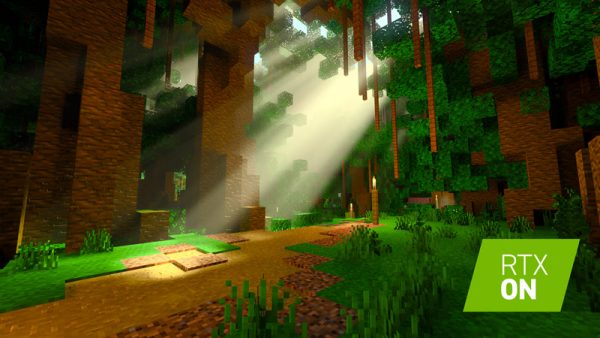

Light is an essential part of our vision, and we rely heavily on a light source to see everything in our lives. A light source will give off waves filled with photons that bounce on everything else until it reaches your sight. The brain interprets all these different photons and creates an image.
While light comes to you, ray tracing doesn’t. Instead, it moves opposite of light. In other words, light moves from the camera lens outward. This isn’t an easy feat since our eyes can take in billions of light photons, and a computer is not a human brain. The software does have its limits, but it’s possible to give the impression of lifelike images with constant innovation and optimization.
Ray tracing, based on the term itself, is the method of “tracing” the light from the source. The source will be an imaginary eye or the camera lens itself. When it traces where you look, the image is generated. This is a less complicated method since your vision on the screen is limited anyway.
Its algorithms take into consideration different elements, and one of them is material. What we know in real life to be shiny will reflect like they do in real life. They’ll bounce off light too while objects that aren’t shiny will cast shadows instead.
Another element that its algorithm takes in is the direction of light. By identifying where a light source hits, it calculates and shows the interaction. In the gaming world, this means a very realistic environment or scene is created.
Nvidia Unveils Ray Tracing for Graphic Cards
Nvidia unveiled its ray-tracing through its RTX line of graphic cards in April 2019. These graphic cards featured real-time ray tracing support within its system. This was equivalent to being able to show more photorealistic graphics, making real-time execution possible for gaming by incorporating artificial intelligence and shaders that were programmable.
The Nvidia ray tracing solution is to take only the essential light rays with its algorithms to fill in the blanks called “denoising.” It focuses on your limited vision on the screen. The algorithm works like the human brain. It observes where the light hits and then calculates.
The entire process of this breakthrough is exceptionally complex, and it is a wonder that it has been recently incorporated into video games.
Enabling Ray Tracing


As mentioned before, ray tracing requires a lot of computer power. This means you need to have powerful-enough hardware to support it before you can switch it on. Your personal computer may not have the necessary hardware to support it. Finding the right hardware, like a compatible motherboard, is the first step in understanding how to enable it.
The difference between CPU & GPU
Let’s begin by differentiating what a CPU (central processing unit) is from a GPU (graphics processing unit). The CPU serves as the brain of a personal computer while the GPU is what makes it come alive. Much emphasis was put on GPUs in the last decade, and it has finally come to the fore with innovations and technological advancements. GPUs have become faster, more reliable, and capable of thousands of operations at the same time.
GPUs are synonymous with the term graphics card. It’s important to remember that not all graphic cards are created the same. Older models and ones that you have at the moment will probably not be able to play games that support ray tracing technology.
Nvidia Graphic Cards
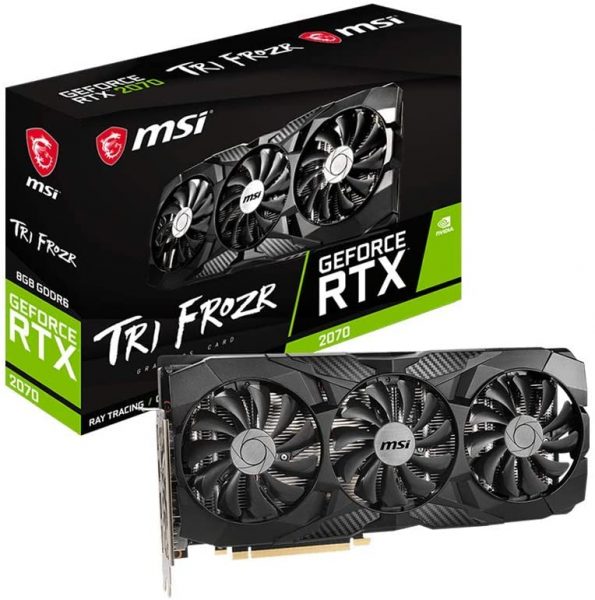

Nvidia’s RTX line of graphic cards can support real-time ray tracing. You will have to make sure that your laptop or personal computer’s motherboard can support this line of the graphics card to appreciate the number of games that utilize it.
You can find motherboards that are compatible with Nvidia’s ray tracing technology by searching online. There are lists of motherboards abound, and you will find what best fits your gaming lifestyle.
By finding the right hardware like an Nvidia graphics card-compatible motherboard, you’ll be able to learn how to enable it on your personal computer.
Even if the personal computer came ahead of the video game console, it was not manufactured with gaming in mind. However, it can be customized for whatever purpose it will be required. It’s crucial to find the right hardware and fit for the personal computer to enjoy gaming, which always has a lot of graphics and ray tracing now.
Check out this MSI GPU on Amazon to get an Nvidia-powered graphics card for your gaming PC.
Video Game Consoles
On the other hand, video game consoles were made for gaming alone. That’s why they have more advanced gaming technology. They have since been fitted with more sophisticated technology geared towards making the gaming experience more profound and enjoyable. The developments continue, and that’s why you have different models of the same video game platform over the years. Not all video gaming consoles are suited for real-time ray tracing, but a select few ones are. An example is Sony’s promised PS5 ray tracing console.
Once you have made your personal computer compatible with ray tracing, you can enable it by following a little tutorial. However, you’ll have to be more conservative with your computer resolution.
How Ray Tracing Improved Video Games
Although video games were first invented in the early 1950s, it was not until the 70s and the 80s that it gained widespread popularity. In those two decades, video gaming took on a more kinetic feel with joysticks and buttons. Owning a video game console became the dream of kids of all ages, including adult gamers. The first-generation video game console has come a long way and is now on its eighth generation.
Before video games with ray tracing started popping up, gamers had to play games that utilized rasterization. It doesn’t mean that video gamers didn’t enjoy the experience, but you’ll see expectations rise for something considered as a popular mode of entertainment.
Rasterization
Rasterization is the process that has been used for decades in the gaming industry. Video games have since developed into utilizing both rasterization and ray tracing. Mostly, it was used for cut scenes during the game, giving it that movie-like experience.
Rasterization took the gaming experience to a whole new level. It is still used to this day and considered more affordable. Rasterization is faster, but when ray tracing was developed, the experience was made even better.
The best advancement in the gaming world now is the development of real-time ray tracing. With this technology, a gamer can genuinely have a deep immersion.
It seemed at first that this technology would only be experienced in movies. It was only recently that PS5 ray tracing was unveiled along with Project Scarlett. The buzz about real-time ray tracing in the gaming world started last year.
Why Was Gaming Made Better by Ray Tracing?
To further illustrate why real-time ray tracing just made gaming life a lot better, let’s talk about pre-programmed light effects. Most games have already predicted where the light will show and have pre-designed the scene. Game designers and developers have predicted what you’ll probably do and create sequences caused by your action. However, pre-designed things are pretty much static. To make the gaming experience more awesome, things have to be a lot more dynamic. With real-time ray tracing, you’ll see something more realistic.
Games That Support Ray Tracing


Not all games support ray tracing. There are only about five that are Nvidia ray tracing-compatible. The following games use different RTX effects:
- Shadow of the Tomb Raider
- Battlefield V
- Metro Exodus
- Quake II RTX
- Stay in the Light
The games may be limited, but there exists the possibility of more joining in on the ray tracing technology bandwagon. With video game consoles that support ray tracing like PlayStation 5 and Xbox Series X, you can expect the gaming industry to start churning out titles that can be played on personal computers and video game consoles featuring real-time execution.
A few of the ray tracing-supported games that we can look forward to are Call of Duty: Modern Warfare, Cyberpunk 2077, Control, Wolfstein: Youngblood, and many more.
The groundwork has been laid, and the wait will be well worth it in the end.
Here is a list of PS5 games that you might want to check out.
Ray Tracing Versus Normal Graphics/Lighting
The gaming experience you’re used to today will most likely still be the same in the next few years. New technology does take time to be perfected, and there’ll be a lot more tweaking done along the way.
Video game graphics have come a long way from the 70s and 80s. Back then, images were flat and heavily pixelated. Pictures of the gaming characters started with boxy forms and simple gaming levels to accomplish. After a few more generations of video gaming platforms, the characters had become more sophisticated and were three-dimensional. Movements became more fluid, and game levels more complex. People describe this breakthrough as “rasterization.”
Rasterization, simply put, is taking a three-dimensional figure or object and putting it on a two-dimensional screen. Ray tracing, on the other hand, creates an entirely realistic scene for the viewer by utilizing light and algorithms.
Both rasterization and ray tracing focus on solving visibility and other surface problems with algorithms and geometry techniques. For the latter, the method is more complicated, making rasterization a faster and easier rendering method. This does not mean that ray tracing will not always be an option.
Rasterization may be easier and faster to implement, but this technology produces more accurate and realistic visuals. This aspect of it makes it invaluable to different professions that require presentations and models for analyses.
Other Uses Of Ray Tracing
Ray tracing has been touted as the holy grail of graphics in the gaming world, and there is no doubt about the wonders it has in store. This rendering method has proven its amazing use in Hollywood movies with realistic computer-generated images and people that look so real you have to look twice.
At first, computer-generated images were easy to pick out. In recent times, however, it has become challenging to decipher what’s real and what’s not with all the movies that have come out with fantastical imaginings. A lot of moviegoers don’t mind this at all.
Complete Immersion
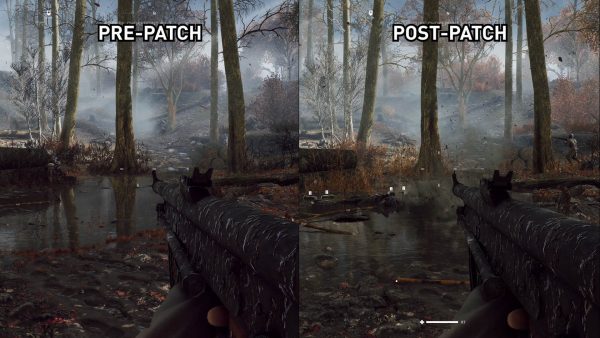

Ray tracing allows gamers to enjoy the gaming experience and feel complete immersion in the game. This is not only highly satisfying but also highly entertaining. Since video games are here to stay, more innovations are expected and will most likely materialize in the next few years.
Ray tracing for television and movies takes time and a lot of computer power. But by harnessing the power of server farms, studios can achieve their visual goals and meld the CGI with real-life scenes. The movie and television experience has never been this engaging.
Even the animation field benefits from this form of technology. This technology has allowed fancier effects to be incorporated, heightening the visual treat to the eyes.
Its use and importance in the show business and gaming industries are famous, so how else can it be useful? There is most definitely more use for ray tracing and its algorithms in society.
Architecture
One of the answers is in the field of architecture.
Architects have hand-drawn blueprints and drafts of house designs for the longest time. However, their plans do not show how light interacts with the environment and structure. Try as they might, a hand-drawn or even computer-drawn image cannot replicate or present the real picture.
This technology allows architects to show more realistic plans to clients who find the detailed rendering more visually appealing.
Engineering


Engineering is another profession can also benefit a lot from ray tracing. By using this rendering technique and its algorithms, engineers can simulate light and its movement in a real environment. This technology can help them predict and analyze the distribution of light and research more about things like heat transfer. By creating models, engineers can even come up with more energy-saving solutions with less impact on the environment.
Product & Light Design
Product designers also find ray tracing extremely beneficial in presenting mockups, and it allows them to skip the manufacturing a prototype. Creating a prototype takes more time and costs more in the process, and ray tracing can create what is needed in mere seconds.
Lighting designers also benefit from ray tracing. Lighting is important in the entertainment industry, and it is even more sensitive when executed on the stage. With ray tracing, lighting and stage designers can project and analyze their systems without being physically set up. They save on time and effort with this technology.
Ray Tracing Makes Games More Realistic
Ray tracing and the real-time execution of it are some of technology’s most recent innovations for gaming. This technology has its pros and cons like most forms of technology. This rendering technique requires supercomputers to work efficiently and thoroughly, but the possibility of ordinary desktops and laptops having it is not too far off. In the meantime, professionals can enjoy their current development for their projects while gamers can set their gaming goals to even higher standards.
